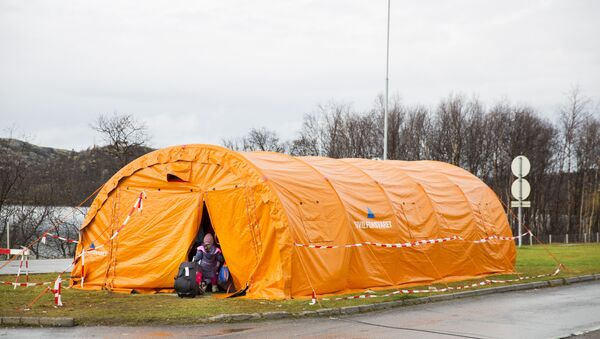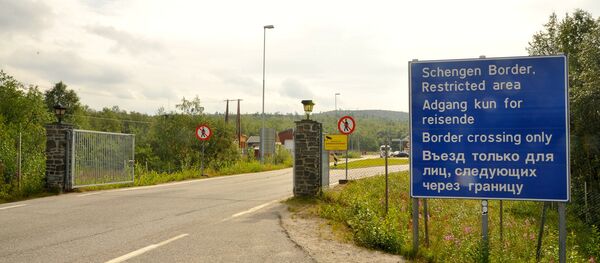Along with a one-way ticket paid for, each refugee who made it to Norway could receive tens of thousands of Norwegian kroners if he or she agrees to leave the country voluntarily.
Hordes of foreign nationals arriving from Syria, Iraq and Northern Africa seek asylum in EU countries, believing that the Norwegian government will be able to take care of them right away, but officials say the asylum process can take months or even years.
"They thought they would have the opportunity to work or take an education — and maybe even to get their family to Norway," said Katinka Hartman, head of the immigration department's return unit (UDI), according to NRK Television.
"Many cannot wait (for the asylum process to run its course). They have family at home who expect them to be able to help," said Hartman.
She also stressed that Norway has long had issues accommodating displaced persons from Somalia, and this latest initiative may help with that as well.
More than 900 people have already applied to accept financial support from Norway and depart for their home countries, according to UDI data.
A couple with two kids can receive up to 80,000 kroner ($9,400), in addition to their flights paid for.
The International Organization for Migration (IOM) processes applications for the Voluntary Assisted Return Programme (VARP), which also provides counselling services and transportation assistance for refugees. They described the initiative as "safe and dignified," according to the Independent.
Record high fudning gap affects #Syrian refugees and many more. Governments must double their relief budgets https://t.co/kyygsZcxOv
— NRC (@NRC_Norway) December 7, 2015
The number of refugees taking advantage of the offer is on the rise, according to spokesperson Joost van der Aalst.
"Earlier this year, the number was an average of 100 per month," he told NRK. "In October, there were 150 and in November there were 230 applications."
Norwegian police estimate that up to 65,000 people seeking asylum could arrive in the country by the end of the year.
why do we forget those old humane practices? pic.twitter.com/MGHrn9z7wO
— Joost van der Aalst (@jvdaiom) July 16, 2014



